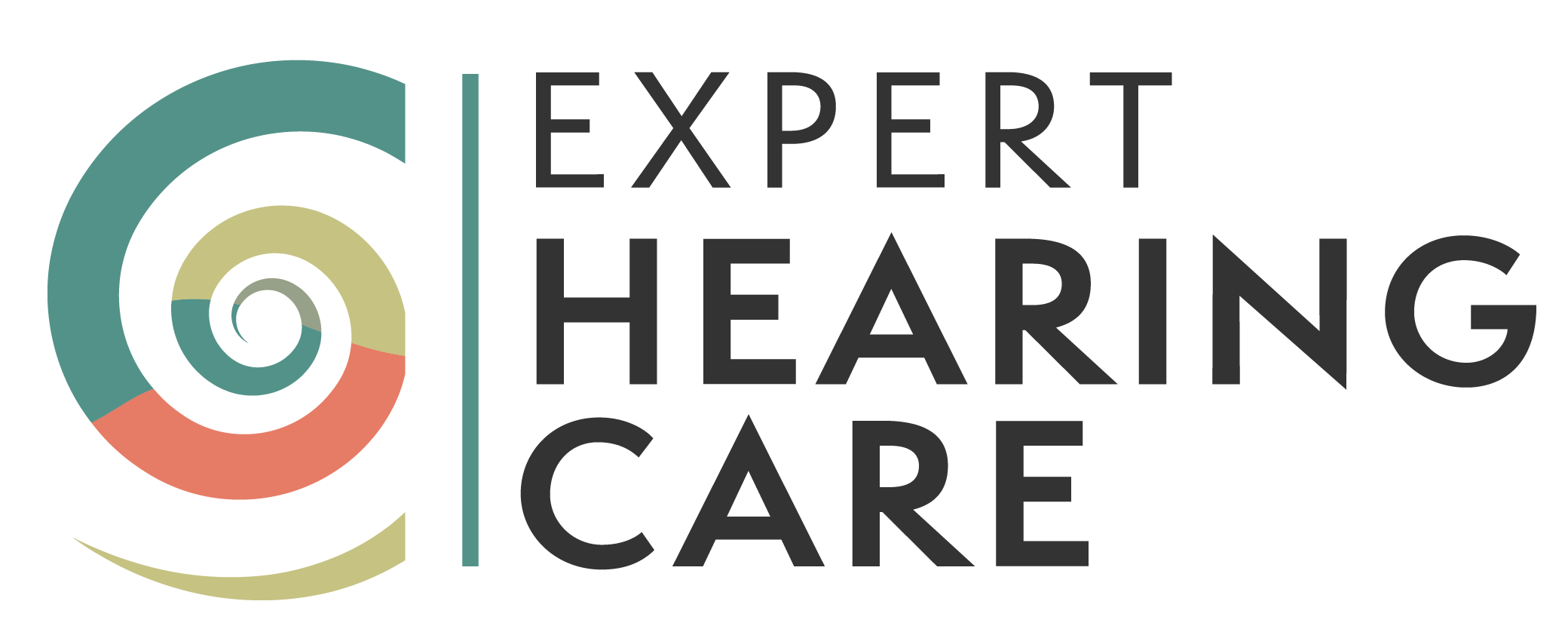Once your hearing loss has been identified, it is essential that you become informed of all of the options available to help improve your communication. There is a common misconception that hearing devices are the “cure all” for hearing loss. In reality, improving communication involves a long-term rehabilitative process in which the hearing device is only part. As such, you should enter into this rehabilitative process with realistic goals and knowing what to expect from the hearing aid and your hearing health provider. If you are to be successful in improving communication with amplification, you must be committed, motivated and educated about your role in this process. You should be sure that each of the following facets of the rehabilitation process are offered by your hearing health provider before proceeding.
1. EDUCATION
The first step in the rehabilitative process is insuring that you are an informed consumer. All aspects of your hearing loss should be explained to you in detail including type and degree of hearing loss, implications for communication, preventative and rehabilitative recommendations and need for referrals to other professionals including physicians. Being knowledgeable about your hearing loss will assist you in making rehabilitative decisions.
If amplification is recommended, your hearing health provider should provide you with written information and should give you a step-by-step explanation of the hearing device fitting and rehabilitation process. Before engaging in this process, you must be knowledgeable of hearing device options, the adjustment process, and the use of communication repair strategies necessary for success with amplification. You should be made aware of all your amplification options as well as the level of support that you will be provided after being fit with hearing aids.
Including family members or significant others in this discussion is highly recommended. It will allow your communications partners to understand better the hearing difficulties you are encountering and the rehabilitative options that are available to you.
To be continued next week with Auditory Education and Counseling: Part Two

